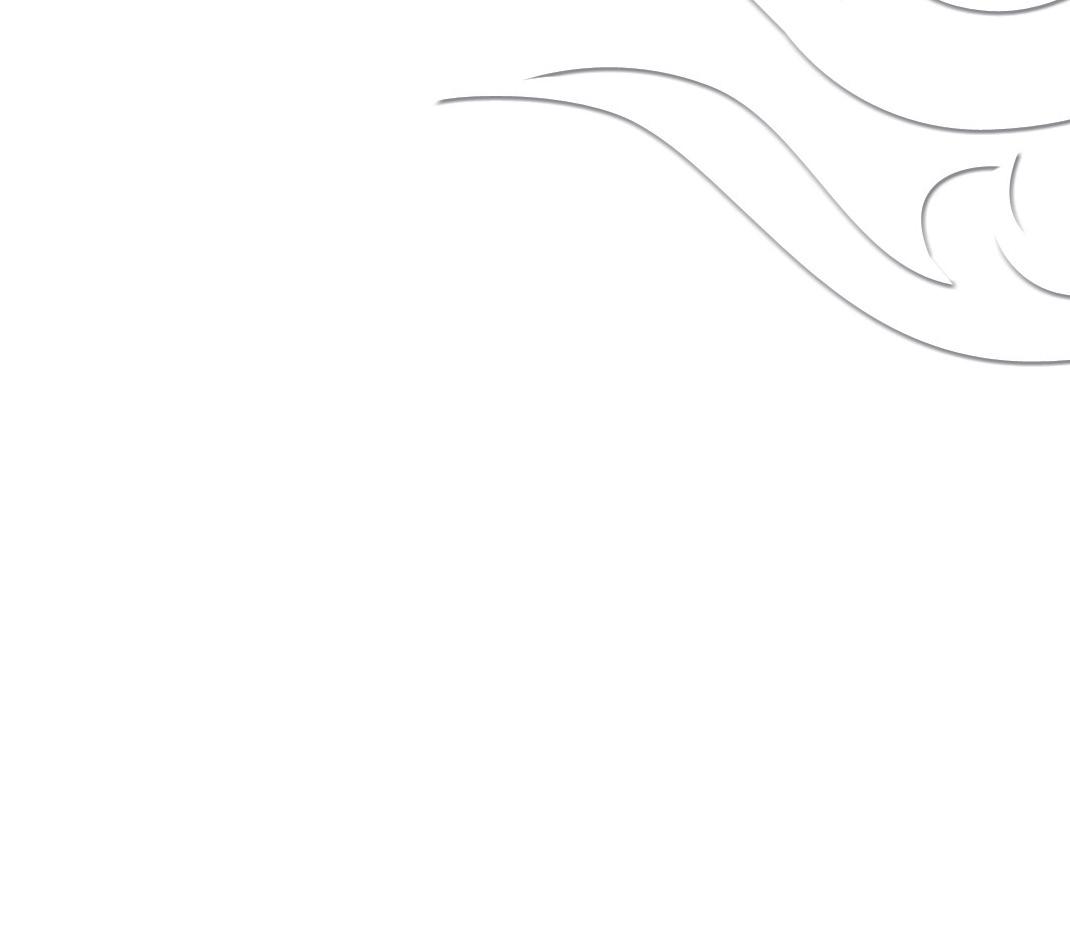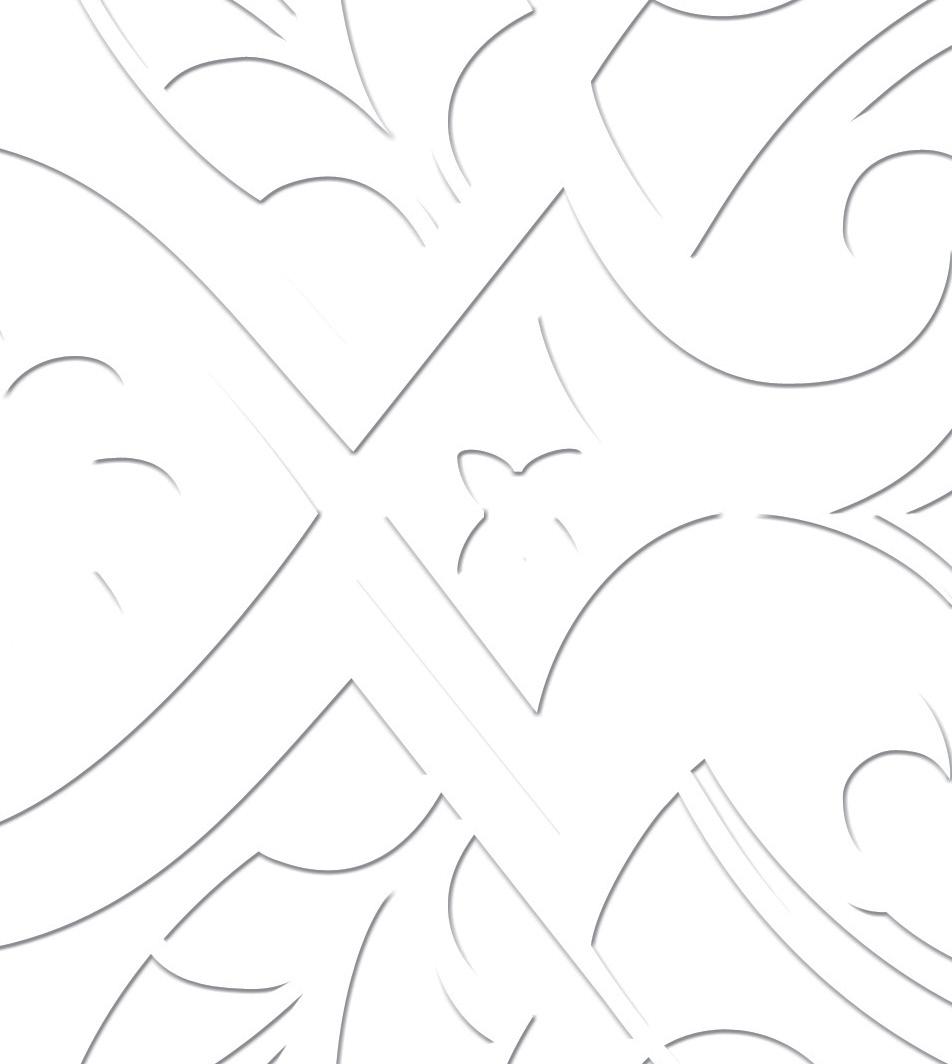FAGERLUND
Döbeln
Opera in 2 Acts for Soloists and Chamber Orchestra
Full Score








Döbeln
Opera in 2 Acts for Soloists and Chamber Orchestra
Full Score







for Soloists and Chamber Orchestra Opera in 2 Acts
(2009)
L E I P ZI G L ONDO N NE W YOR K
Döbeln was commissioned by the Kokkola Opera Festival.
First performance was at the "Kokkola Opera Summer Festival" in Kokkola, Finland on the 25th July 2009
Further performances took place at Kokkola 28th & 30th July, at the "Oulunsalo Soi" festival 2nd August, at the Turku Music Festival 16th August, in the Royal Concert Hall in Stockholm, Sweden 26th & 27th September and at the Umeå Opera, Sweden 30th & 31st October 2009.
The commission was supported with funds provided from the Finnish Cultural Foundation, copyright society Teosto, Svenska Kulturfonden, LUSES (the foundation for promoting Finnish music) and the Sibelius Foundation.
CAST in the first production:
Doktor 1/Döbeln-Drömskepnad Anu Komsi coloratura soprano
Doktor 2/Sprengtporten/Madame Annika Mylläri soprano
Betjänt/Kung Gustav Adolf/Fänrik Lasse Penttinen tenor
Döbeln/Laken
Fältskärn
Sören Lillkung baritone
Robert McLoud bass
Conductor Sakari Oramo
Director Ville Sandqvist
Costume designer Raija Malka
Lightning designer
DURATION ca. 60 min.
Jyri Suominen
ORCHESTRA (15 players):
Flute
Clarinet (in Bb)
Bass Clarinet
Bassoon
Horn
Trumpet (in C)
Trombone
Percussion 1 & 2
Piano
Violin I
Violin II
Viola
Violoncello
Contrabass (with low C)
Percussion 1: timpani, tam-tam(medium), snare drum, spring coil, crotales, 3 suspended cymbals(small, medium, large), sandpaper blocks
Percussion 2:
3 suspended cymbals(small, medium, large), bass drum, tam-tam (large), triangle, vibraphone, 4 tom-toms, 4 wood blocks, glockenspiel, chinese bell tree, ratchet, spring coil
Instructions for players
General:
Tremolos should always be played as fast as possible Grace notes are to be played always before the beat.
Strings:
When vibrato is not specified in the marking, players may use their usual vibrato In long, sustained notes the bow changes should always be inperceptible and not together with others.

For more than 200 years, Edition Peters has been synonymous with excellence in classical music publishing. Established in 1800 with the keyboard works of J. S. Bach, by 1802 the company had acquired Beethoven’s First Symphony. In the years following, an active publishing policy enabled the company to expand its catalogue with new works by composers such as Brahms, Grieg and Liszt, followed in the twentieth century by Richard Strauss, Arnold Schoenberg and John Cage.
Today, with its offices in Leipzig, London and New York publishing the work of living composers from around the world, Edition Peters maintains its role as a champion of new music. At the same time, the company’s historic and educational catalogues continue to be developed with award-winning critical and pedagogical editions.
Seit über 200 Jahren steht die Edition Peters für höchste Qualität im Bereich klassischer Notenausgaben. Gegründet im Jahr 1800, begann der Verlag seine Tätigkeit mit der Herausgabe von Bachs Musik für Tasteninstrumente. Schon 1802 kamen die Rechte an Beethovens erster Sinfonie hinzu. In der Folgezeit wuchs der Katalog um neue Werke von Komponisten wie Brahms, Grieg und Liszt sowie – im 20. Jahrhundert –Richard Strauss, Arnold Schönberg und John Cage. Als Verleger zahlreicher zeitgenössischer Komponisten aus aller Welt ist die Edition Peters mit ihren Standorten Leipzig, London und New York auch weiterhin Anwalt neuer Musik. Zugleich wird das Verlagsprogramm im klassischen wie im pädagogischen Bereich kontinuierlich durch vielfach preisgekrönte Ausgaben erweitert.